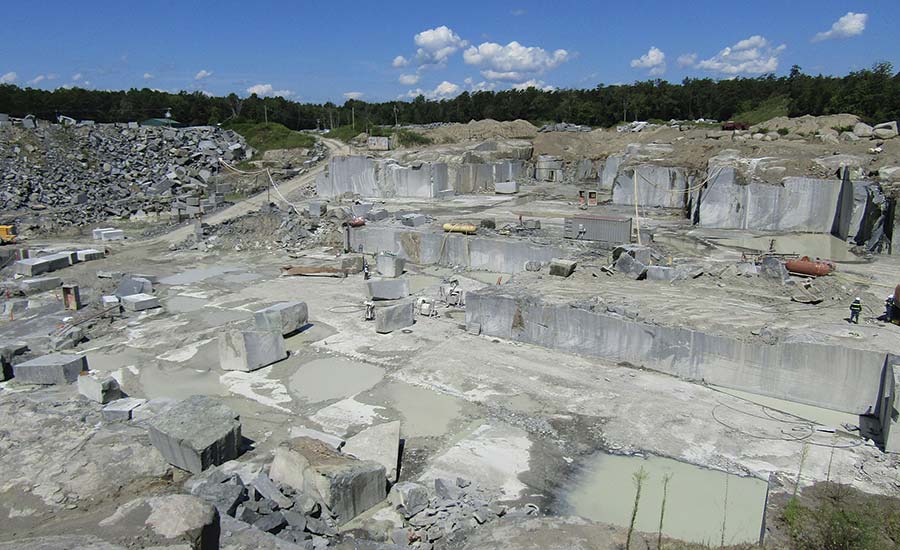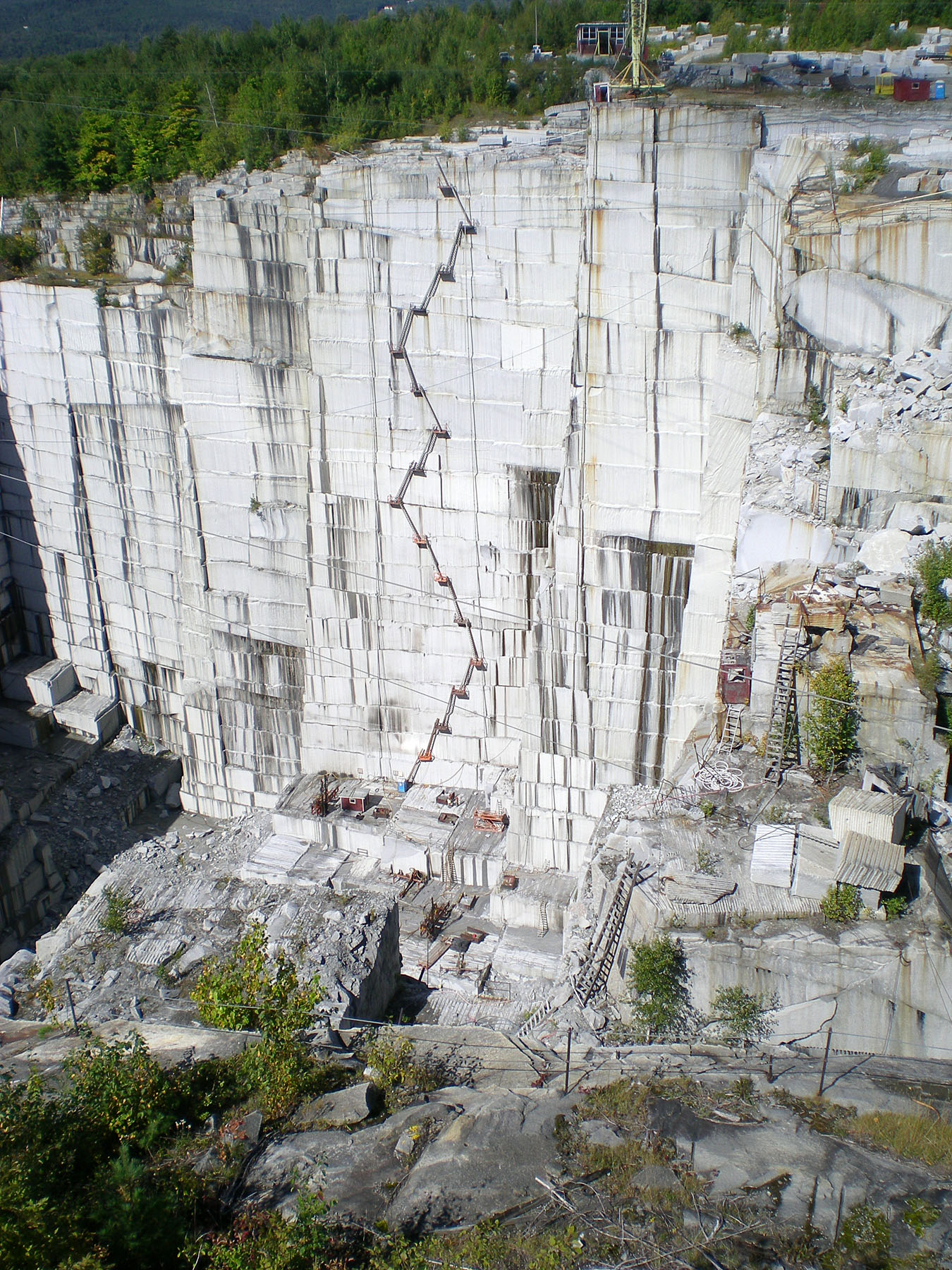Unleashing the Elegance and Resilience of Granite Quarry: A Trip Via Time
Granite quarries stand as testimonies to both the geological marvels of our planet and the long-lasting craftsmanship of humankind. The trip via time that granite quarrying represents is an engaging story of development, determination, and the elaborate dance in between nature and industry. Recognizing the origins of this olden practice, the evolution of techniques and devices employed, and the modern-day relevance of granite quarrying introduces a tapestry rich in history and importance. As we peel back the layers of time and delve right into the elaborate globe of granite quarrying, we discover a story that not only showcases the elegance and durability of this stunning stone but additionally clarifies the extensive influence it has carried worlds previous and existing.

The Beginnings of Granite Quarrying
In the record of history, the beginnings of granite quarrying can be traced back to old civilizations where the mission for durable building materials fueled the emergence of this ageless craft. From the stunning frameworks of old Egypt to the special temples of Greece, granite has actually been revered for its stamina, appeal, and longevity. The Egyptians, with their advanced quarrying techniques, were amongst the first to remove granite widespread, using it to construct huge pyramids and elaborate statuaries that have actually stood up to the examination of time.
As civilizations progressed, so did the approaches of quarrying granite. The Romans better improved the strategies, developing tools and equipment to essence and transport granite over huge ranges for their building projects. The durability and visual allure of granite made it a valued product for sanctuaries, monuments, and sculptures throughout the ages.
Today, the heritage of old quarrying methods survives, with contemporary technology boosting performance while still admiring the workmanship of our forefathers. The beginnings of granite quarrying function as a testament to human resourcefulness and the enduring allure of this worthy stone.
Tools and Techniques of Quarrying
Quarrying granite requires specialized devices to extract the stone from the planet successfully and with accuracy. Modern quarries use diamond-wire saws, high-powered drills, and explosives to damage apart the granite in a controlled way.
Along with innovative equipment, standard hand tools are still made use of in certain quarrying operations to make certain delicate accuracy in extracting the stone. Chisels, hammers, and wedges are used by knowledgeable quarry employees to different granite obstructs along all-natural fractures, a method that has actually been given with generations.
Additionally, techniques such as piercing vertical and straight holes for putting plumes and wedges, as well as the regulated use of nitroglycerins in calculated locations, enable quarry workers to draw out granite efficiently while maintaining the integrity of the stone. The harmony between modern-day innovation and standard workmanship is key to the lasting quarrying of granite for generations to come.
Advancement of Granite Quarries
The improvement of granite quarries over time exposes a fascinating narrative of technical improvement and sector evolution. From old times where hands-on tools like blades and hammers were utilized to extract granite blocks, to the commercial change presenting steam-powered equipment for faster quarrying, the evolution of granite quarries has been marked by significant developments. In recent years, the arrival of diamond cable saws and progressed drilling technologies has actually revolutionized the removal process, enabling a lot more specific cuts and reduced wastefulness of basic material.

Granite Quarrying in Modern Times
The development of granite quarrying techniques from historical dependence on guidebook devices to the sophisticated techniques of modern times highlights an impressive journey of technical advancement and sustainability techniques within the industry. In contemporary granite quarrying, useful source advanced machinery such as diamond cable saws, high-capacity excavators, and electronic boring tools have actually reinvented the extraction procedure. These devices improve performance, accuracy, and security, enabling for larger quantities of granite to be extracted in a much shorter timeframe contrasted to traditional approaches.
Furthermore, modern quarrying techniques focus on sustainability and environmental stewardship - granite quarries in south africa. Firms are progressively embracing environment-friendly strategies like water reusing systems, dust suppression innovations, and recovery prepare for exhausted quarries. These efforts intend to reduce the ecological impact of granite removal, save natural resources, and recover quarried landscapes to their initial state
Additionally, the assimilation of digital innovations like drones, general practitioner monitoring, and 3D modeling has actually enabled quarry drivers to maximize operations, boost decision-making, and make sure the sustainable monitoring of sources. By accepting development and sustainability, the granite quarrying industry in modern-day times remains to flourish while promoting environmental responsibility.

Maintaining and Shielding Granite Quarries
Amidst the advancing landscape of granite quarrying practices, preservation and security of these useful all-natural websites have ended up being vital issues for sector stakeholders and environmental advocates alike. As granite quarries proceed to be a crucial source of this desirable rock, it like this is crucial to take on sustainable methods that guarantee their long life and guard surrounding ecological communities.
Maintaining granite quarries entails applying effective recovery strategies to bring back the land post-extraction. granite quarries in south africa. This process includes improving the surface, replanting indigenous greenery, and creating environments for wildlife to flourish. By recovering quarries to their natural state, the ecological influence can be minimized, and the beauty of these landscapes can withstand for future generations to value
Furthermore, shielding granite quarries needs applying laws that control responsible quarrying practices. This consists of tracking water top quality, managing dust exhausts, and managing noise degrees to reduce disturbances to the setting and neighboring communities. Collaborative initiatives between industry players, governmental bodies, and conservation teams are crucial in upholding these standards and ensuring the sustainable use of granite quarries.
Conclusion
Finally, the journey via time in find out here now granite quarrying exposes the beginnings, tools, techniques, and evolution of this technique. The contemporary period has actually brought developments in quarrying methods, allowing the conservation and protection of these important natural sources. It is necessary to remain to support lasting techniques to ensure the appeal and longevity of granite quarries for future generations to appreciate.